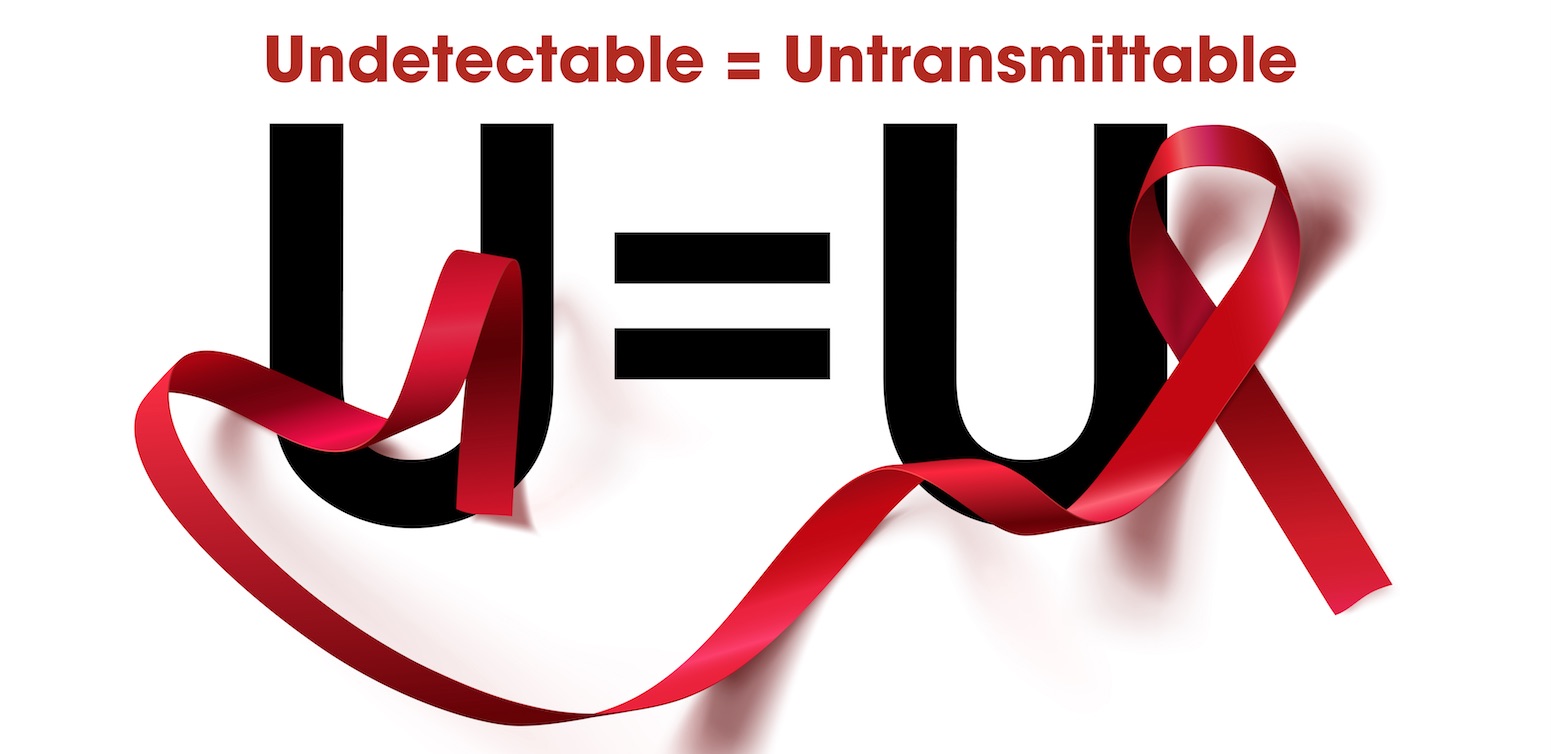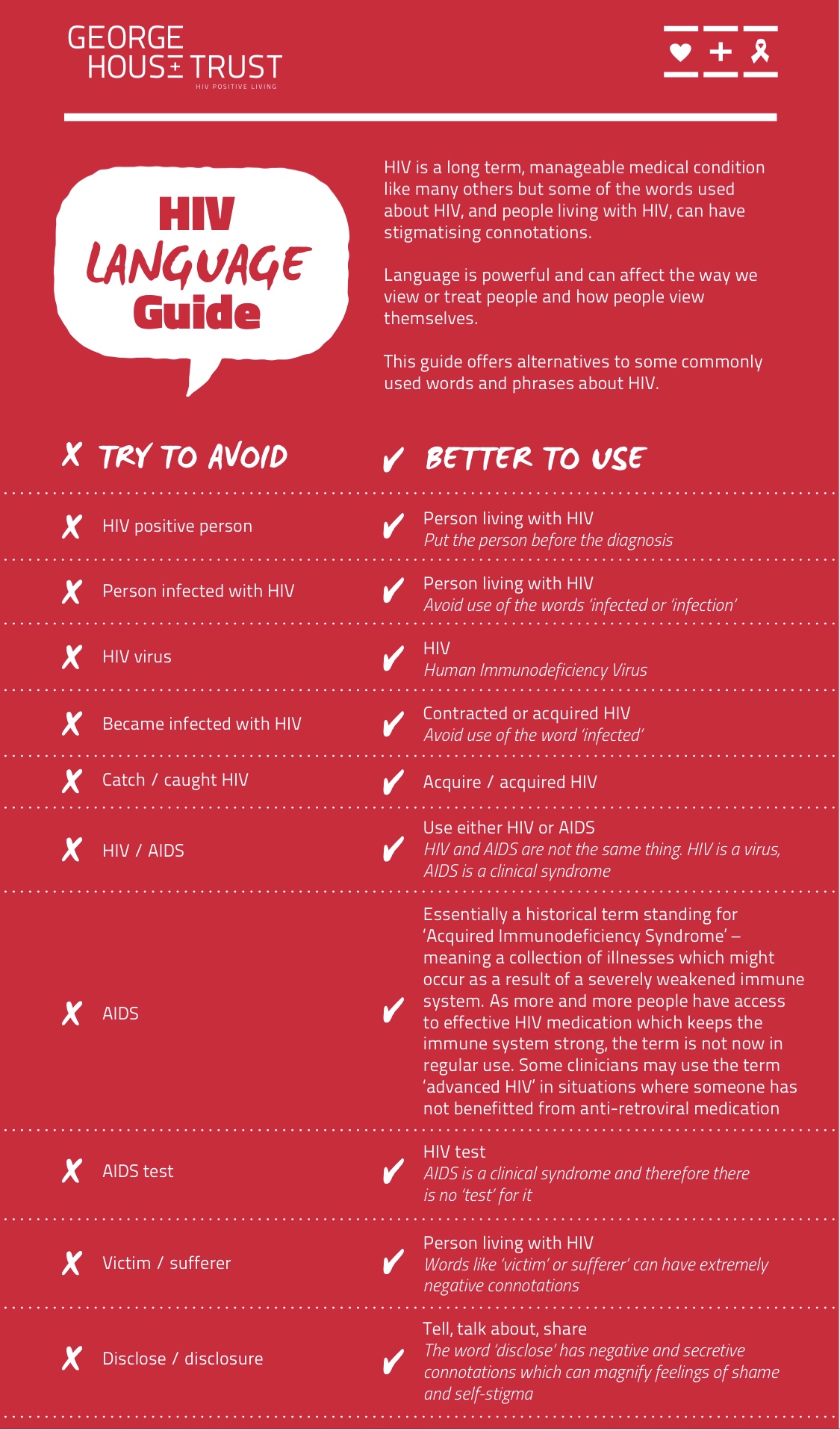Another common misconception is that AIDS can be passed on. This is not the case. HIV, the virus which can lead to AIDS (Advanced HIV), can be passed between individuals, but AIDS is merely a term used to describe a collection of illnesses
Updated: Debunking common misconceptions around HIV and beauty treatments

There are many misconceptions surrounding HIV and beauty treatments, especially in relation to services such as electrolysis and semi-permanent make-up, which is why we asked the experts to debunk the most common myths.
We also share advice on how to help staff members who may be struggling with announcing their diagnosis in the workplace, what U=U means, battling stigma, and disclosure and the law.
You can also check out our webinars which debunk common misconceptions around HIV and explain how to treat clients with blood-borne viruses in salon.
What is the law around HIV disclosure?
People with HIV are not legally obliged to tell anyone about their status – whether that’s a sexual partner, medical professional or beauty therapist. “I know lots of people living with HIV who are afraid to be open about their status because of fear of stigma, so a situation [like the tick-box exercise on a consultation form] could be really damaging to their mental health,” says Becky Mitchell, a HIV ambassador who was awarded an MBE for services to HIV awareness.
Do I need to have HIV on my consultation form?
There has never been a recorded HIV transmission from piercings, tattoos or any other cosmetic beauty treatment. “It’s incredibly hard to contract HIV in general. It loves that warm body environment, so with things like needlestick injuries or blood splatters, it’s almost impossible to contract it from that. It takes less than a minute for HIV to die outside the human body in a blood spill,” explains Becky Pang, service-user engagement and training co-ordinator for BHA Leeds Skyline, who is living well with HIV.
“If you ask about HIV on your consultation form, why do you need to know it? How are you going to treat that person differently? Think about these questions because if it doesn’t affect your practice then it doesn’t need to be on your form. Plus, of those who know they have HIV, 98% are on treatment and are virally supressed, so there’s no risk. People who don’t know they have HIV are the greatest risk.”
Sam Marshall, founder of The Beauty Guru in Manchester and HIV awareness ambassador, agrees with this, adding: “I spoke to standards-setting body Habia and they confirmed that the rules you should be following [for clients living with HIV] are our universal hygiene procedures. Also, if you’re singling out HIV on a consultation form then why aren’t you singling out MRSA or Ebola? A question for me is: ‘Do you have anything contagious that I could catch from you?’, and that’s fine to ask but, again, it should be universal hygiene in treatment.”
What if I want to know about existing conditions/medications to ensure the client won’t have an adverse treatment reaction?
Pang believes HIV shouldn’t be on your form, but if you’re insistent on keeping it then there are follow-up questions you need to ask, such as how long have you been on your treatment? Are you undetectable?
“Then, the best way to pitch [your reasoning for keeping it on the form] to clients is through an open conversation and by making it abundantly clear that you are asking this so you can tailor the treatment to them, not for refusal of treatment if they have HIV,” says Pang. “You want to create that safe environment and atmosphere so people feel comfortable sharing something like that with you.”
Marshall adds: “If you want to have it on your consultation form to check whether the client’s medication will react with the treatment you’re doing – for example, electrolysis – then do it, but you need toknow for sure that the HIV medication interacts with the service and list these medications. If you don’t know this then you need to back up your reasoning for having HIV on your form.
“I spoke to Dr Stephen Higgins, consultant physician in the department of sexual health and HIV at North Manchester General Hospital, about HIV medication interaction and he said it does not affect any beauty treatment. People living with HIV heal the same way as anyone else, so there’s no reason at all to refuse someone treatment because of their medication.”
For more advice for making clients living with HIV feel welcome in your spa or salon, check out our guide to safely treating people with blood-borne viruses.

What does U = U mean?
'U = U' means 'undetectable = untransmittable'. "Undetectable simply means that a person living with HIV’s viral load – the level of HIV in their blood – is so low that it can’t be detected by tests. It means their viral load has less than 250 copies in that bit of blood they take, and in this country, the standard is to have less than 30,” says Pang.
“I had my first test four weeks after being on medication and I was undetectable. For most people, it takes between four weeks and six months. A patient is officially classed as undetectable after two undetectable blood tests, and they are usually tested after four weeks, eight weeks and then three months after starting medication. Then, we continue to get tested every six months.”
“Even if someone is on medication but not untransmittable yet, the chances of transmission are really low because that medication is already bringing the viral load down. If a needlestick injury did occur, you wouldn’t only have the HIV virus in that bit of blood, you would also be transmitting a tiny bit of medication in that too, so it is less likely to take hold in someone else’s body."
Is it illegal to refuse to treat a client living with HIV in my salon?
There is a joint statement from the British HIV Association, British Association of Sexual Health and HIV, National Aids Trust, Terrence Higgins Trust and HIV Scotland in regards to reports of discrimination against people with HIV from some providers of cosmetic treatments and tattooing.
“Refusing to tattoo or to provide a cosmetic or routine beauty treatment to a client on the basis of their HIV status cannot be justified. To do so would constitute discrimination under the Equality Act 2010. The Equality Act 2010 prohibits discrimination against a range of protected characteristics.
“In the Act, any person with HIV is protected under the category of disability. Collecting information about HIV status must be justifiable, as per current data protection legislation (Data Protection Act 2018 and General Data Protection Regulation 2018), and is unnecessary in the context of tattooing, piercing, and cosmetic or routine beauty treatments.
“HIV and HIV treatment are not contraindications to tattooing, piercing or cosmetic procedures, so it is not necessary to collect information on HIV when assessing clients prior to these.”
What language should I/shouldn’t I use when engaging with a client living with HIV?
Unfortunately, some of the words used about HIV, and people living with HIV, can have stigmatising connotations, which is why you need to know the alternatives to use on your consultation form, website and in-person during consultation. For example, avoid using “HIV-positive person” as it’s better to use “person living with HIV” because it puts the person before the diagnosis. “Being HIV doesn’t define the person,” says Marshall.
“Another great thing on language is not to use ‘victim’ or ‘sufferer’, again we say ‘person living with HIV’. Also, instead of ‘disclose’ we now say ‘share’, so the client hasn’t disclosed their status with you, they’ve shared it. It’s a bit more positive.” Swot up on the do’s and don’ts using the charity George House Trust’s HIV Language Guide below.
In our webinar on World Aids Day 2022, Marshall shared that, "People are putting 'AIDs' on their consultation forms - people in the UK generally don't have AIDs, and they wouldn't be out for a treatment - they'd be incredibly poorly in hospital... You wouldn't get someone ticking 'YES' to that (on your consulation form) - it's very dated."

Do people living with HIV heal differently?
One of the most common misconceptions is that those living with HIV can't have certain treatments as their diagnosis means they heal slower than those who aren't living with HIV.
George House Trust's positive speaker development worker, Paul Fairweather, who is living with HIV, shared, "My count for how strong my immune system was 900 last time, which is well within the usual range. My health is fine, my life expectancy is normal and, in fact, there's been some research showing that people living with HIV have a higher life expectancy than those who don't because we have so many check ups and get our health monitored."
What can salon/spa owners do to help staff who are struggling with their HIV diagnosis in the workplace?
“Firstly, for business owners, it’s about getting yourself as educated as you possibly can. It’s about sitting down and listening to that team member who is discussing their diagnosis with you and being there for them. It’s important to know what language to use too [see above],” says Graham Clarke, UK sales director for Image Skincare, who is living well with HIV.
“Whenever that team member was diagnosed, it’s not easy to reveal that status. It’s not as extreme as it used to be but someone receiving the news that they are living with HIV can be really hard. It’s about showing that you care.”
What resources will help me better understand HIV?
George House Trust is bringing out a free language guide specifically for the hair, beauty and nail industry this year, which will cover the do’s and don’ts, and both Habia and the British Beauty Council will be supporting its launch. “We want to get that information out there so there isn’t any confusion with ‘my trainer said this’ or ‘this educator said that’. It will be that these are the absolute facts,” says Marshall.
Other great resources include National Aids Trust – “this is my go to for the latest facts and figures,” says Clarke – and Terrence Higgins Trust. The Government also regularly report the statistics. “These are quite heavy but there’s usually a lot of good information in there,” says Clarke.


